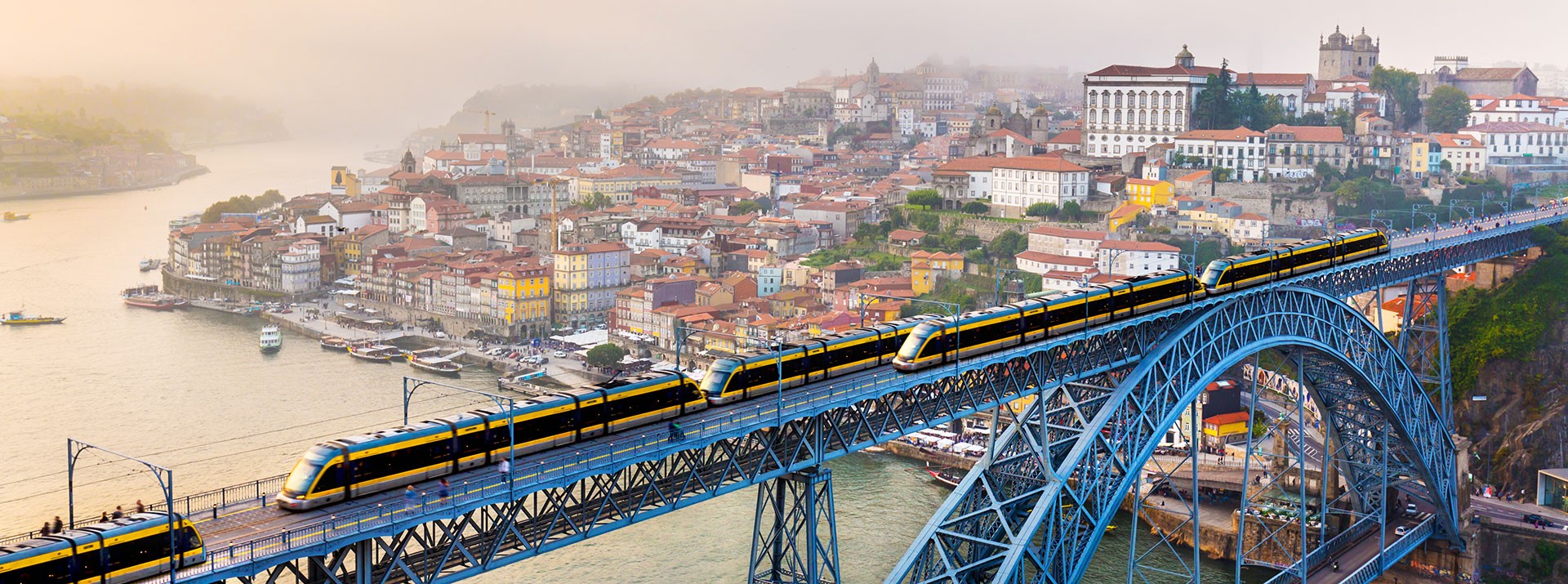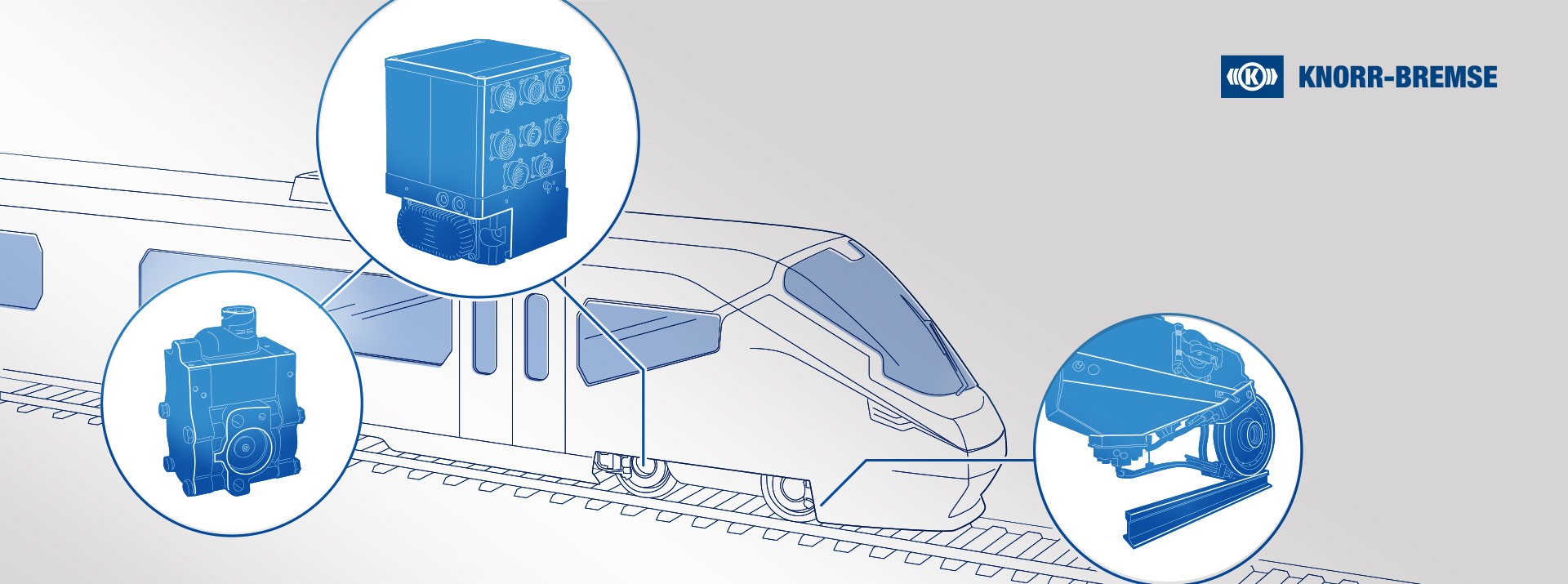As the modal shift in favor of rail gathers momentum, rail networks are rapidly reaching the limits of their capacity, especially in our urban centers. Building new lines takes a lot of time and money. But innovative digital technologies that increase the effective capacity of the existing rail infrastructure provide an attractive alternative. The technology being developed in Knorr-Bremse’s “Reproducible Braking Distance” project is making a vital contribution.
The magnetic attraction of our cities is as strong as ever. Today, just over half of the global population already lives in urban areas, and this figure is set to rise to around two thirds by 2050, according to the United Nations World Urbanization Prospect. In absolute terms, this equates to an additional 2.5 billion city dwellers. As a means of personal mobility, cars can no longer cope with these sorts of numbers. But as more and more people switch to rail, we must either build new lines or use existing rail networks more efficiently.
The long distances that are currently maintained between trains limit the extent to which capacity can be utilized more efficiently. Safety is at the heart of this approach – trains must always be able to stop safely within a fixed distance, even under the most adverse conditions. The prevailing environmental conditions are a key factor. Is the surface of the rails wet or dry? And is it clean or dirty? Other factors that must also be taken into account include different levels of wheel wear, load measuring tolerances and brake pad friction coefficients. All of which adds up to a large headway between trains. After all, better safe than sorry.
But what if leading-edge braking technology could reduce train headway without compromising safety? A braking system like this could go a long way towards enabling more frequent services and significantly more stable timetables. And this in turn would mean that more people – be they local residents, travelers or commuters – could get from A to B much faster and more efficiently.
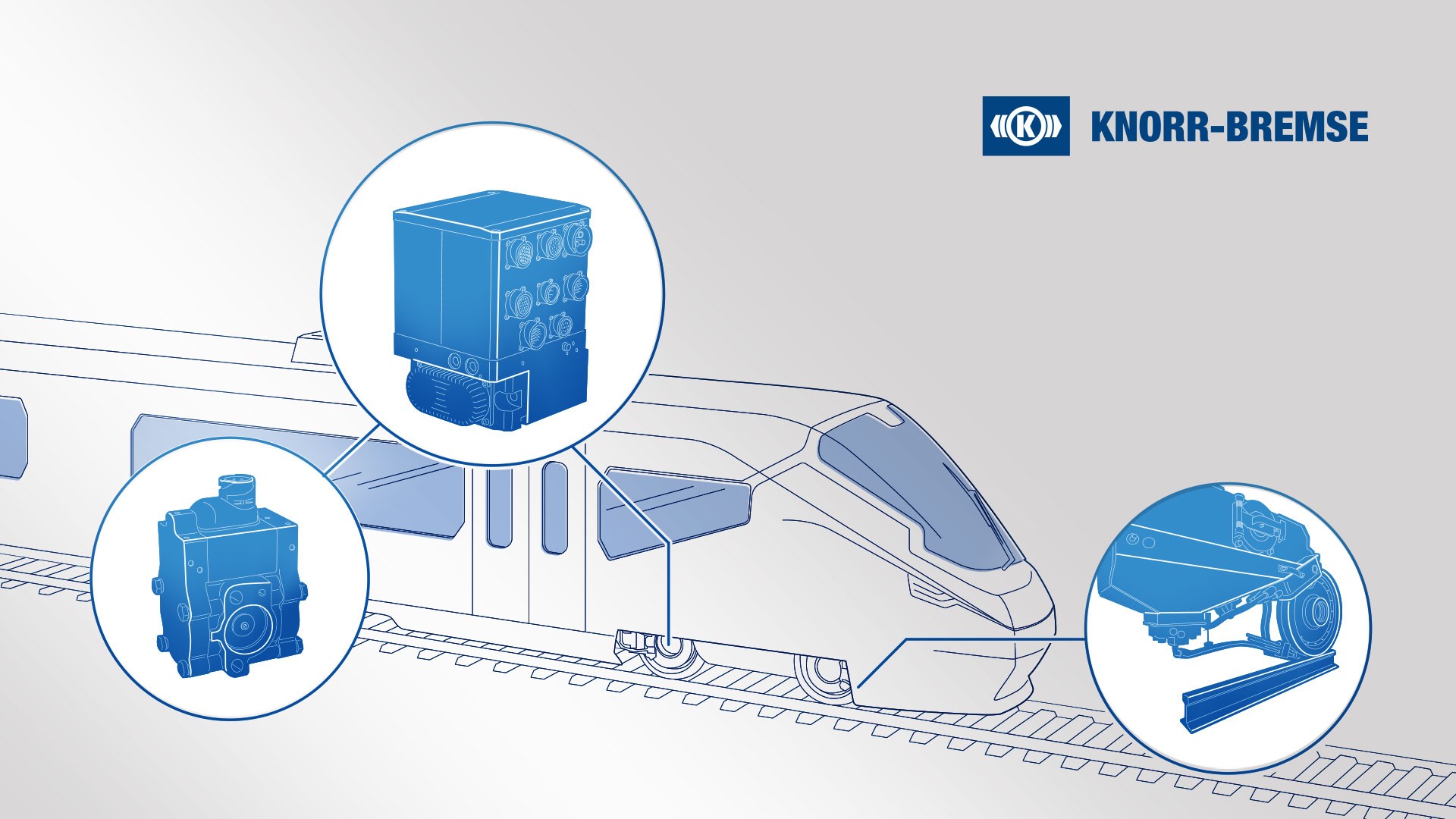
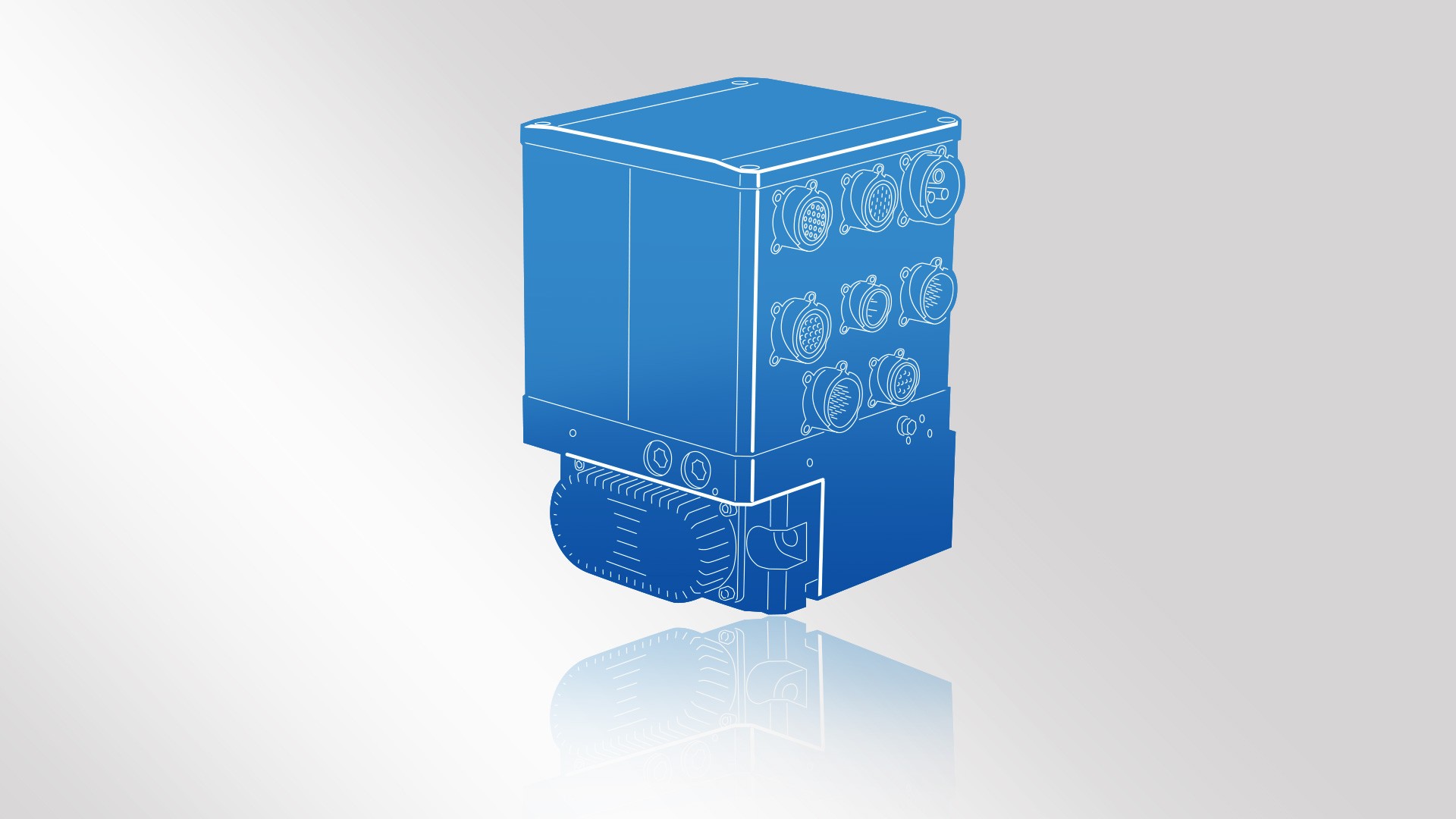
Are large headways a thing of the past?
Knorr-Bremse’s Reproducible Braking Distance (RBD) project aims to develop precisely such a technology. For the first time anywhere in the world, a team of Knorr-Bremse engineers is integrating three separate elements: the new deceleration control system (DCC), the new wheel slide protection system WheelGrip Adapt, and a smart sanding system now designed to take effect along the entire train.
“Combining these technologies allows us to significantly reduce statistical braking distance variation”, explains Matthäus Englbrecht, Head of Global Brake Systems at Knorr-Bremse Rail Vehicle Systems. “This means we can reduce the distance between trains, achieve further operational stabilization where the gaps between services are already very short, and thus use the existing infrastructure more efficiently – all without compromising safety.”
The Reproducible Braking Distance system employs sensors installed in every single car on the train so that the actual effect of the deployed braking power is communicated to the brake control system in real time. The deceleration control system then instantly adjusts the deceleration force to the required level. “It means we can achieve optimal deceleration for the current track gradient at any given point in time, regardless of vehicle load and friction material performance. This substantially reduces maximum braking distance variation.” As a result, the residual risk of a train failing to stop safely on a given, clearly defined section of track is significantly lower.
The RBD project engineers are now working on integrating the deceleration control system with a new wheel slide protection system. This can be thought of as a kind of ABS system for rail vehicles, since it prevents the vehicle from skidding when the wheels slow down when braking. While previous wheel slide protection systems were only optimized for a single, fixed control range, the new wheel slide protection algorithm WheelGrip Adapt features an alternative control range that the system can switch to when conditions require. This enables significantly higher brake force transmission under track conditions in which, until now, almost no brake force could be transmitted.
The third RBD element is a situation-specific sanding management system that for the first time is designed to take effect along the entire train. These systems increase wheel-to-rail adhesion in adverse conditions by blowing the optimal amount of sand between wheel and rail. Until now, rail vehicles would typically only have one sanded wheelset per direction of travel, if at all. The aim is to develop a system that is distributed across several wheelsets and is perfectly adapted to local variables such as dirt on the tracks, sand consumption, installation space and life cycle costs. This functionality increases the brake force transmitted between wheel and rail, thereby reducing braking distances under adverse track conditions.
RBD – a key enabler for Automatic Train Operation
The benefits of the enhanced braking distance reliability enabled by the combination of these three technologies are not confined to reducing the distance between trains and thus potentially increasing the number of trains running between different districts, towns, cities and regions. Englbrecht is also confident that “it will be possible to significantly increase timetable stability”. On metro lines with high frequency services, for example, subsequent trains can experience a direct knock-on delay even if passenger boarding and alighting takes just a few seconds longer than it is supposed to. If some of the time saved by RBD is used to increase capacity and the rest is used to build an extra time buffer into the timetable, the next train on the line will no longer be affected if the one in front takes slightly longer than scheduled to leave the station. This can help to prevent the “accordion effect”, a phenomenon familiar to car drivers that comes about when vehicles’ constant acceleration and deceleration causes traffic jams to occur seemingly out of nowhere.
The Reproducible Braking Distance system could also support Automatic Train Operation (ATO), a key future rail scenario that Knorr-Bremse is already systematically helping to realize. On an ATO train, a braking system with RBD could take over functions that could previously only have been performed by highly skilled drivers drawing on their wealth of experience to anticipate unexpected situations such as the track suddenly becoming wet. Moreover, short onboard response times remove the need to carry out control operations via slower off-train ATO and control systems. As well as not always being able to respond fast enough to sudden situations, these off-train systems also require costly investments such as additional transponders (called balises) along the track.
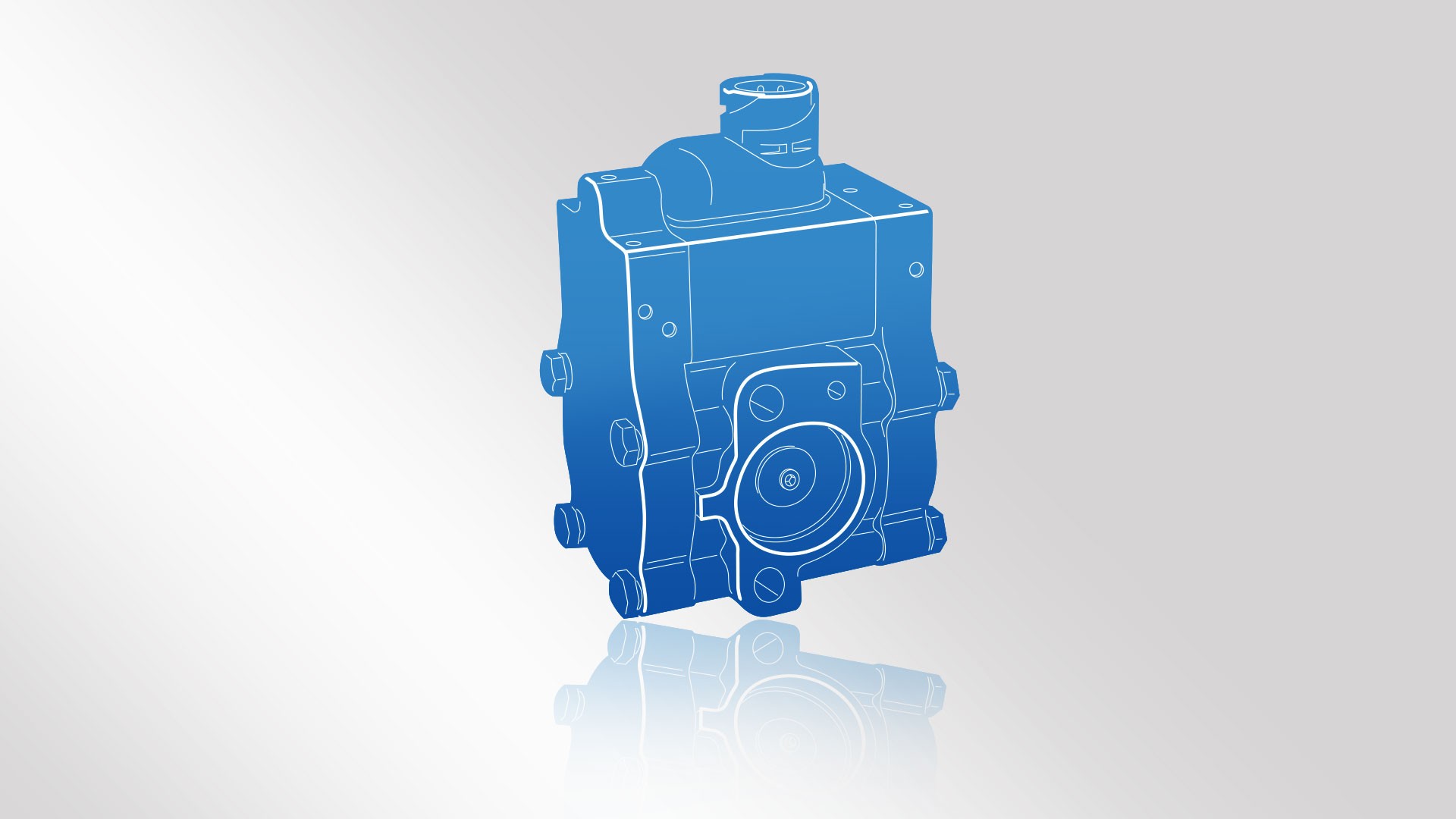
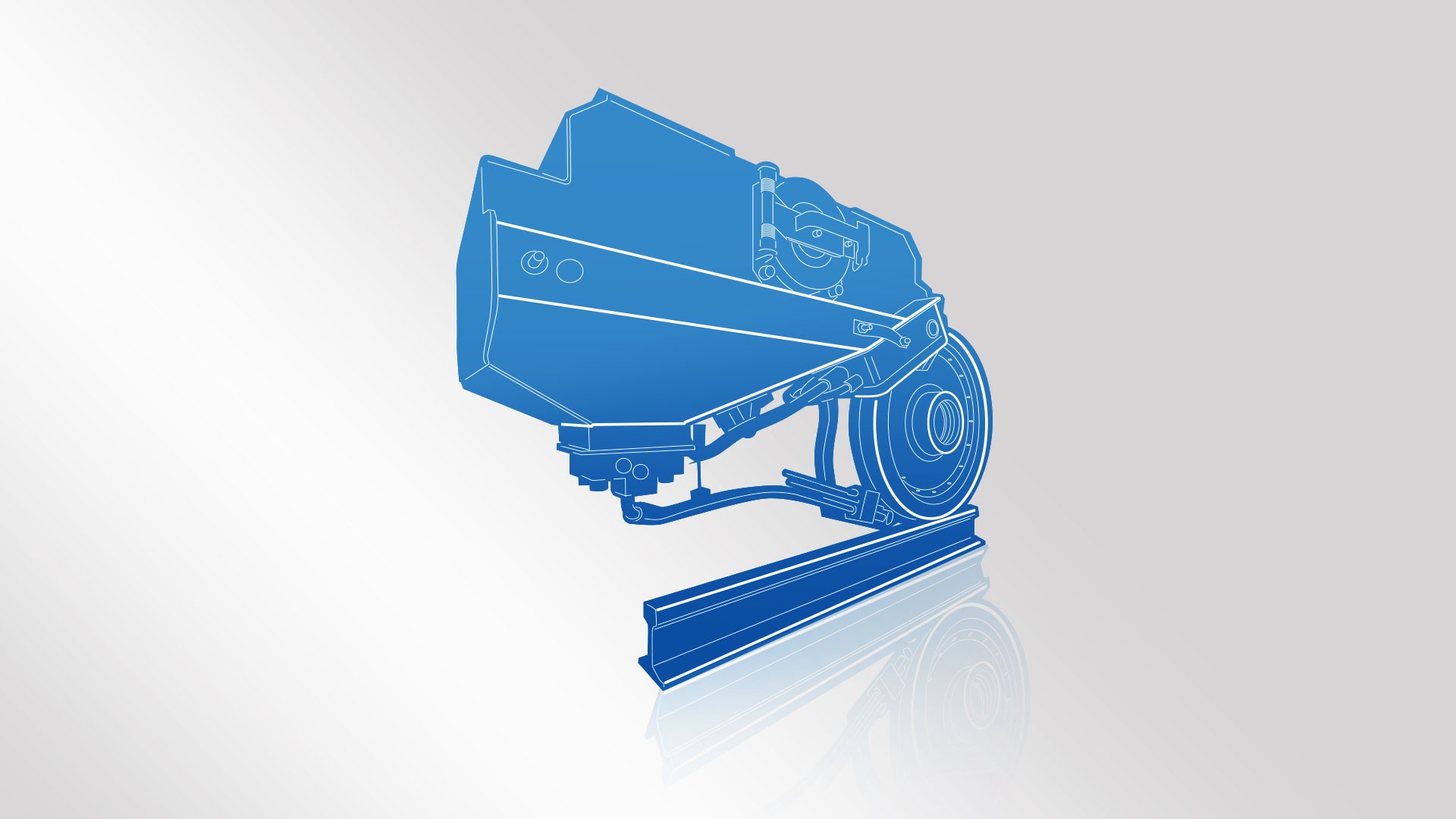
Individual RBD technologies already available
Although the ultimate goal of the RBD project is to develop an innovative braking architecture by integrating the different components, the individual RBD technologies are even now starting to prove their worth. Knorr-Bremse has already begun installing the smart sanding system in some projects. And the Company expects that the combined DCC deceleration control system and adaptive wheel slide protection system will be ready for volume production in 2023.
But as well as having to meet the technological challenges within the relevant timeframe, an expert like Englbrecht is well aware that the RBD system’s market launch will also depend on whether it can obtain regulatory approval. “Manufacturers, infrastructure operators, fleet operators and the responsible authorities must engage in a close dialogue in order to pave the way for the overall system by agreeing on systemwide interfaces and responsibilities”. The Reproducible Braking Distance system approach fits neatly within the wider context of policy initiatives such as the European Green Deal and Germany’s “Rail Pact” concluded between the government and the rail industry. Both aim to strengthen the rail sector, increasing passenger numbers and promoting modal shift in order to support the transition to genuinely sustainable urbanization.
"Brakes don't hold you back. A good braking system lets a train stay at higher speed for longer."
Matthäus Englbrecht, Head of Global Brake Systems at Knorr-Bremse Rail Vehicle Systems, discusses the impact of the Reproducible Braking Distance system on rail transportation - and how to go modeling it.
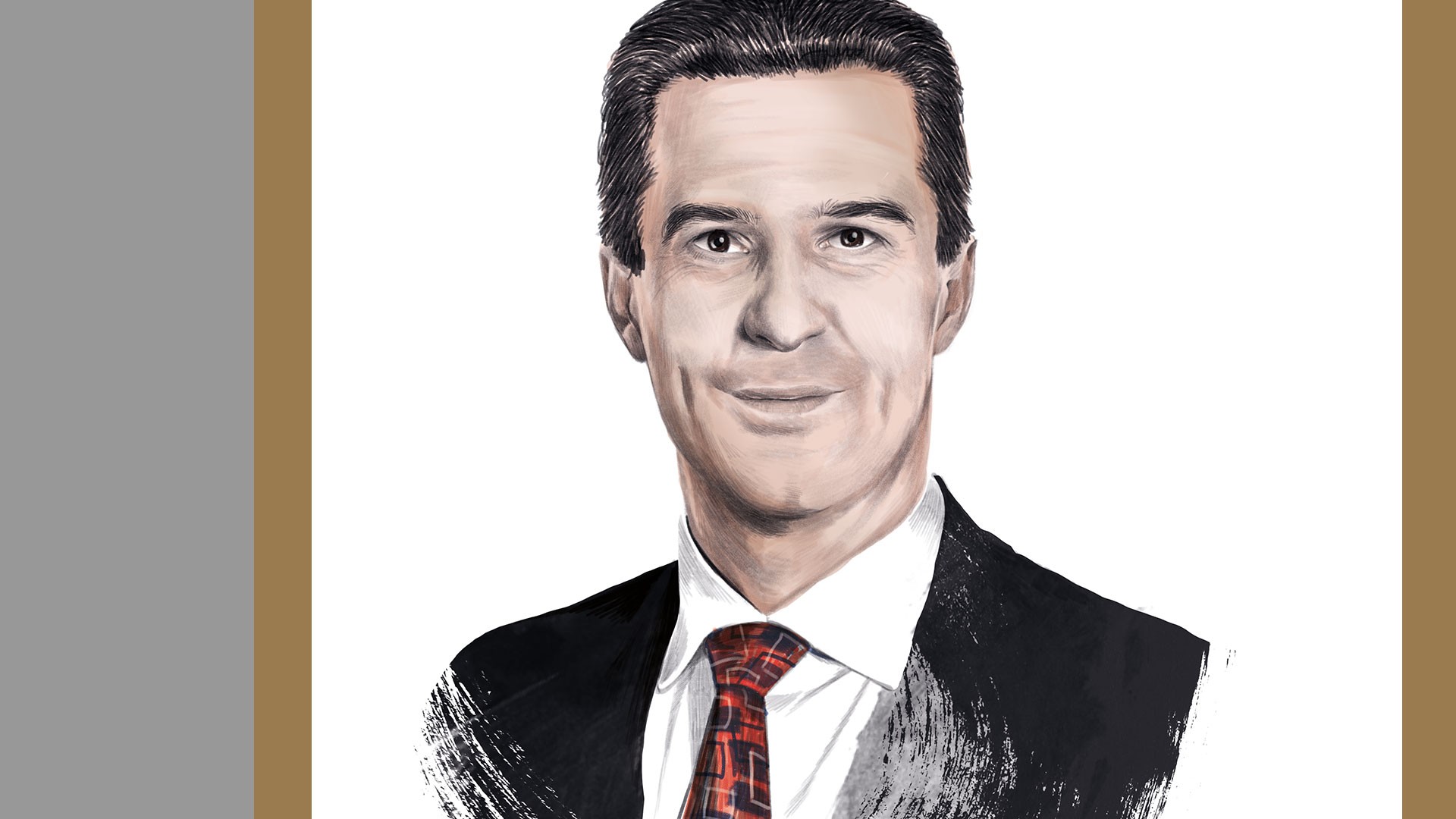
Matthäus Englbrecht, a reproducible braking distance has been a major goal in the rail industry for many years. Why is there suddenly such a buzz around it?
For one thing, the rapid digitalization of rail vehicles is facilitating its technological implementation. We are integrating the individual parts of our braking systems right down to the component level. In other words, we are taking the intelligence of our braking systems to the next level. In addition, rail infrastructure capacity is reaching its limits in our urban centers. Our RBD system makes it possible for trains to stop reliably within a fixed braking distance, whatever the environmental conditions. This improves the stability of today’s already tightly packed timetables and frees up space for extra trains.
Knorr-Bremse carried out a simulation study to demonstrate the potential impact of RBD on train headway. Can you tell us a bit more about it?
The study used the OpenTrack simulation tool, which allows you to obtain extremely realistic results by configuring typical rail networks, distances between stations, gradients, and passenger boarding and alighting times. The tool can also simulate changes between aboveground and underground sections of the line, different track conditions and different vehicles. In conjunction with Berlin’s Institut für Bahntechnik and under the auspices of the EU’s Shift2Rail program, we studied the system’s impact on headways for metros, S-Bahn trains, regional multiple units and high-speed trains.
What did the study tell us about the Reproducible Braking Distance system?
Depending on train type, signaling, and the distance between stations, the simulations showed that headway could be reduced by between five and 20 percent. The latter figure was achieved in a simulation of high-speed lines with relatively frequent services using a single train type. However, the RBD system’s greatest potential impact is on metro, S-Bahn and suburban train traffic flows – the very same lines that are bearing the brunt of the ongoing urbanization trend. The best headway reductions for metro and S-Bahn trains were 19 and 16 percent, respectively. Coupled with the major operating procedure optimizations that have already been achieved, this is extremely promising. Once again, this demonstrates that brakes don’t hold you back. A good braking system lets a train stay at higher speed for longer.
